ДУБ ніж ручної роботи студії Павла Гончаренка, замовити купити в Україні (Сталь - N690)
- Виробник: Майстерня ножів ручної роботи Павла Гончаренка
- Модель: ДУБ - студія ножів ручної роботи Павла Гончаренка
| Загальна довжина клинка mm: | 275±05 мм |
| Матеріал леза | Клинок зі сталі N690, з ТЦО (відпалюванням) і кріообробкою (термічна обробка сталі ножів з використанням рідкого азоту) |
| Твердість клинка (метал): | Загартованість - 61 HRC |
| Матеріал руків'я: | Бронза, стабілізований зуб мамонта, сувільдуба, мозаічні пін і темлячна трубка. Темляк зі шкіряного шнура 3мм, бусина з сувелю дуба |
| Довжина леза | 132±05 мм |
- Наявність: Під замовлення
Опис
ТЕХНІЧНІ ХАРАКТЕРИСТИКИ:
Назва ножа - ДУБ ніж ручної роботи студії Павла Гончаренка, замовити купити в Україні (Сталь - N690)
Тип ножа: Фіксований клинок
Бренд: Студія "Ножі ручної роботи Павла Гончаренка"
Сталевий лист: Ціліснолитий, насткрізний монтаж на стяжку і смолу
Заточення леза: Одностороннє, ніж готовий до роботи.
Спуски: Прямі
Зведення: 0.1- 0.2 мм
Довжина леза: 135 мм
Ширина леза: 33 мм
Товщина леза: 4 мм
Довжина руків'я: 140 мм
Товщина руків'я: 25 мм
Матеріал больстера: Латунь цільнолита
Руків'я: Бронза, стабілізований зуб мамонта, сувільдуба, мозаічні пін і темлячна трубка. Темляк зі шкіряного шнура 3мм, бусина з сувелю дуба
Колір руків'я: Темно-коричневий
Просочення руків'я: Є
Покриття руків'я: Є
Отвір для шнурка (під темляк): Є
Темляк: Темляк з шкіряного шнура 3мм
Піхви: Дуб з різьбленням по дереву, теляча шкіра чепрак, італійська натуральна шкіра рослинного дублення, оброблена апретурою для захисту від води та просякнута захисними розчинами, прошита вощеною ниткою. Ручне тиснення фактури. Вільний підвіс, з'ємний. Вставка з гібриду
Модель: ДУБ ніж ручної роботи студії Павла Гончаренка, замовити купити в Україні (Сталь - N690)
Номер моделі: 060
Країна народження: Україна
Ремісник: Майстер Павло Гончаренко, м. Іванків, Україна ("Ножі ручної роботи Павла Гончаренка")
Найкраще використання: Полювання, поділ тушки, нарізка
Стан ножа: новий
Ціна вказана разом з піхвами.
Заточений ніж – не є холодною зброєю.
Наші ножі дуже гострі, тому відкривайте та використовуйте дуже обережно. Ми не несемо відповідальності за травми, пов'язані з використанням наших ножів.
Наша продукція призначена для легального використання лише відповідальними покупцями. Ми не продаватимемо наші продукти особам молодше 18 років.
Наявність регулярно змінюється, при підтвердженні Вашого замовлення ми повідомимо про наявність або термін готовності товару. Виріб може трохи відрізнятися від представленого на фото.
Особливості сталі N690
Мартенситна легована сталь N690 виробляється корпорацією Воhlег-Uddeholm Gmbh & Со, що має свої підприємства в Австрії, Німеччині, Південній та Північній Америці. Друга назва сплаву це австрійська кобальтова нержавіюча сталь. Завдяки високій якості та експлуатаційним характеристикам та плюсам її успішно реалізують у багатьох країнах світу для виготовлення ножів та інших цілей.
Сталь виготовляється за технологією електрошлакової переплавки. Має рівномірно розподілену карбідну структуру кристалічної решітки за відсутності шкідливих домішок. В результаті термічної обробки та кування ударна в'язкість матеріалу збільшується без втрати твердості. Наявність легуючих добавок у хімічному складі сталі забезпечує стійкість до корозії.
Галузь застосування
Сталь визнана хорошим матеріалом для серійного виготовлення довгомірних та тактичних ножів, технічні характеристики яких допускають експлуатацію у важких та екстремальних умовах. Леза зі сталі N690 здатні витримувати не тільки поздовжні, а й сильні бічні навантаження при дії на злам і проворотах.
Завдяки стійкості до впливу корозії та агресивних середовищ сталь застосовується при виготовленні ножів для дайвінгу, гарпунів для підводного полювання та іншого спортивного обладнання.
Цю сталь застосовують при виготовленні ножів такі відомі європейські бренди, як Вокег, Spyderco, Вепсhmade та Ехtгеmа Ratio. Виготовлені леза мають прекрасні ріжучі властивості, міцні, довговічні, добре заточуються і тримають край. Наявність легуючих елементів у складі забезпечило високу корозійну стійкість за збереження пластичності. При необхідності існує можливість термічного загартування до 60 НКР.
Техніко-фізичні характеристики сплаву дозволяють використовувати його в машинобудуванні для виготовлення інструменту, фрез, свердел, деталей підшипників та відповідальних вузлів, що працюють при високих механічних навантаженнях. Сталь відрізняється підвищеною зносостійкістю та допускає можливість термічної обробки.
Стійкість до впливу вологи та хімічних речовин дозволяє застосовувати сталь у харчовій та фармацевтичній промисловості для виготовлення ріжучого інструменту та подрібнювачів. При цьому враховується екологічна чистота матеріалу та повна відсутність домішок.
АНАЛОГИ
За своїм складом steel N690 є близьким аналогом російської сталі 95X18, німецької Х102СгМо17, японських / (3-10 і А115-10, французької 2100СО17, американської 440 С. У Швеції виробляють аналог Sandvic 12С27).
СКЛАД
Сталь N690 містить:
■ 1,08% вуглецю (С), який надає твердості матеріалу та підвищує міцність;
■ 17,3% хрому (Сг) для отримання антикорозійних властивостей, підвищення зносостійкості та зміни умов загартовування;
■ 1,1% молібдену (Мо) для зниження крихкості, підвищення пластичності та стійкості до впливу високих температур;
■ 0,1% ванадію (V) для посилення пружності металу та інертності до дії агресивних середовищ;
■ 1,5% кобальту (Со) підвищення жароміцності і поліпшення механічних властивостей;
■ 0,4% марганцю (Мп) підвищення твердості;
■ 0,4% кремнію (5|) для покращення стабільності сплаву та посилення зносостійкості.
Наявність кобальту в хімічному складі металу робить кристалічну структуру N690 більш однорідною та стійкою до механічних навантажень.
ПЛЮСИ ТА МІНУСИ СТАЛІ N690 ДЛЯ НОЖІВ
Використання австрійської сталі N690 дозволяє виготовляти якісні нержавіючі ножі різного призначення. Завдяки своїм фізико-технічним властивостям матеріал добре обробляється, здатний до термічної обробки, не схильний до корозії і продається за доступною ціною.
5*ее1 N690 це один із кращих сплавів для виготовлення красивих зносостійких клинків. Просте заточування та тривале збереження гостроти кромки роблять користування простим та зручним. Ви ніколи не пошкодуєте про купівлю або виготовлення ножа із цієї сталі.
Види поставок
Висока якість сталі Вohler N690 забезпечена застосуванням унікальної технології прокатки, розробленої виробником. Металеві листи піддаються багаторазовій гарячій обробці з прокаткою в поздовжньому та поперечному напрямку. Після цього проводиться холодне нарізування матеріалу на смуги.
Спеціально для виготовлення ножів сталь марки N690 поставляється на ринок металопрокату у вигляді сталевих смуг товщиною 3-5 мм, шириною 20-50 мм та довжиною від 250 до 1000 мм. Поперечний переріз смуг прямокутний або з підготовленим поздовжнім скосом, який позбавити виконання ковальських робіт при виготовленні леза. Сталь може мати попередню термообробку або без неї.
Все це дуже зручно, оскільки не вимагає виконання операцій з різання великих листів, дозволяє точно визначати кількість необхідного матеріалу і знижує кількість відходів.
Смуги продаються поштучно. Вартість залежить від геометричних розмірів виробу, товщини та видів попередньої заводської обробки. Для продукції металообробної промисловості здійснюються постачання листа товщиною 2-8 мм заявленого у договорі розміру. За потреби можна замовити будь-який аналог сталей типу N690. Металевий лист продається на вагу.
Фізичний опис
Види Quercus характеризуються черговими, простими, листопадними або вічнозеленими листками з лопатевими, зубчастими або цілісними краями. Чоловічі квіти містяться в жовтих кетягах, які з’являються разом із листям або після них. Жіночі квітки зустрічаються на одному дереві , поодиноко або в дво- або багатоквіткових колосках; кожна квітка має лушпиння з лусочок, що перекриваються, що збільшується, щоб утримувати плід або жолудь, який дозріває за один-два сезони. Білі дуби мають гладке листя без щетини на кінчиках, іноді із залозистими краями. Їхні жолуді дозрівають за один сезон, мають солодке на смак насіння та проростають протягом кількох днів після опадання. Червоні та чорні дуби мають щетинисте листя, волохату оболонку жолудів і гіркі плоди, які дозрівають наприкінці другого вегетаційного періоду .
Дуби можна легко розмножити з жолудів і добре рости в помірно вологому багатому ґрунті або сухому піщаному ґрунті. Багато виростають знову з паростків пнів. Вони витривалі та довго живуть, але не тіньовитривалі і можуть бути пошкоджені листогризучими організмами або грибком в’янення дуба.
Основні види та використання
Таксономія роду Quercus заплутана через велику кількість природних гібридів . Дуби можна розділити на три групи, які іноді вважають підродами:білі дуби ( Leucobalanus ),червоний ічорні дуби ( Erythrobalanus ), і (Cyclobalanus ).
У Північній Америці кілька дубів мають декоративне ландшафтне значення, в т.чдуб звичайний ( Q. palustris ) іпівнічний червоний дуб ( Q. rubra ).Дуб білий ( Q. alba ) ідуб звичайний ( Q. macrocarpa ) утворює мальовничі дубові гаї на середньому заході США . Багато дубів, що походять із Середземномор’я, мають економічну цінність: галли, що утворюються на гілкахАлепський дуб ( Q. infectoria ) є джерелом алепського таніну , який використовується у виробництві чорнила ; товарну пробку отримують з кори сткорковий дуб ( Q. suber ), і багатий таніномдуб кермесовий ( Q . coccifera ) є господаремкомаха kermes , яку колись збирали заради барвника, що міститься в її тілесних рідинах.
Господарське значення мають також два східноазійських дуба:Монгольський дуб ( Q . mongolica ) дає корисну деревину, іКитайський корковий дуб ( Q. variabilis ) є джерелом чорного барвника, а також популярною декоративною рослиною . Іншими культивованими декоративними рослинами єдуб вірменський, або понтичний ( Q. pontica ),дуб каштановий ( Q. castaneaefolia ) ,дуб золотистий ( Q . alnifolia ), холмський, орпадуб, дуб ( Q. ilex ) ,італійський дуб ( Q. frainetto ) ,дуб ліванський ( Q. libani ) ,Дуб македонський ( Q . trojana ), іДуб португальський ( Q . lusitanica ). До популярних азіатських декоративних рослин відноситьсясиній японський дуб ( Q. glauca ) ,дуб дайме ( Q. dentata ) ,дуб японський вічнозелений ( Q . acuta ), ідуб пилкоподібний ( Q . acutissima ). TheДуб англійський ( Q. robur ), деревне дерево, яке походить з Євразії та Північної Африки, культивується в інших регіонах світу як декоративне.
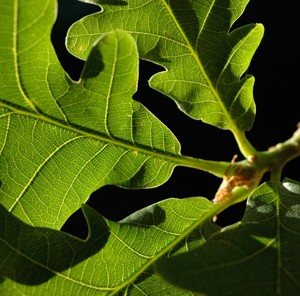
На початку жовтня BBC4 показало 90-хвилинний документальний фільм, який показує всі аспекти життя стародавнього англійського дуба протягом цілого року. « Дуб: найкращий виживший у природі » зосереджується на одному дереві у Вітем-Вудсі , неподалік від Оксфорда, придбаного сайту Оксфордським університетом у 1942 році за дослідження лісів. Фільм, представлений зоологом, ентомологом і телеведучим Джорджем МакГевіном , починається з високотехнологічної оцінки стану дерева. Випускаючи лазерні імпульси, лісівники створюють тривимірне віртуальне зображення дуба, щоб вони могли відстежувати його розмір і форму протягом 12 місяців.
На початку, наприкінці серпня, він має 19 метрів заввишки та 30 метрів завширшки та містить близько 700 000 листків.Його коріння простягається на 30 метрів від стовбура, а цифрове сканування в середині січня показало, що він важить майже 10 тонн.
У міру того, як дні скорочуються, а температура падає, дуб, віком майже 400 років, змушений здійснити те, що МакГевін називає « колосальним перерозподілом своїх ресурсів » — першу з чотирьох сезонних трансформацій, необхідних йому, щоб вижити. « Під впливом гормональних сигналів дерева починають розщеплювати пігменти та поживні речовини в листі, щоб зберігати їх на зиму », — каже він, створюючи вражаючі осінні кольори .
Після вилучення поживних речовин листя скидає. Але опадання листя не спричинене холодною погодою. Насправді дуб може сприймати червоне світло в спектрі за допомогою хімічного пігменту ( фітохромної системи ) у клітинах листя, що дозволяє йому вимірювати години денного світла. У жовтні, коли дуб випускає жолуді, сонячного світла на шість годин менше щодня, ніж на піку літа.
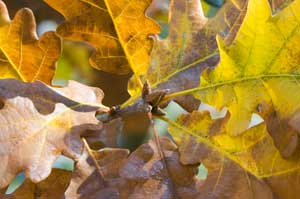 Взимку – «найнебезпечніша пора року» для дуба – голе дерево має залишатися живим у сильний холод, майже не витрачаючи енергії. Кора діє як ковдра, але якщо рідина всередині дуба замерзне, дерево зазнає катастрофічної шкоди. Таким чином, він виводить рідину з клітин, зневоднюючи себе. Рідина, що залишилася, має високу концентрацію цукру – « свого роду антифриз », за словами МакГевіна.
Взимку – «найнебезпечніша пора року» для дуба – голе дерево має залишатися живим у сильний холод, майже не витрачаючи енергії. Кора діє як ковдра, але якщо рідина всередині дуба замерзне, дерево зазнає катастрофічної шкоди. Таким чином, він виводить рідину з клітин, зневоднюючи себе. Рідина, що залишилася, має високу концентрацію цукру – « свого роду антифриз », за словами МакГевіна.
Найбільше поживних речовин зберігається в корінні дуба протягом зимових місяців. Але лише кореневої системи недостатньо, щоб витягти життєво важливі мінерали з ґрунту. Дуб також потребує «великої армії мікроскопічних ниток», щоб вижити, включаючи мікоризні гриби для вилучення фосфату з навколишнього ґрунту.
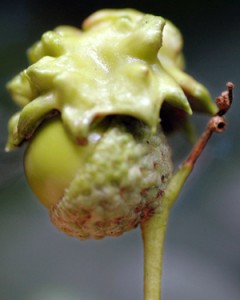 Весна приносить «епічний стрибок росту», і до кінця квітня з’являються сережки – чоловічі квіти. Наповнені пилковими зернами, вони розсіюються вітром, щоб запліднити жіночі квіти та створити жолуді, які продовжуватимуть життєвий цикл дуба. Через місяць дуб повністю розпустився і заселений комахами. Серед них личинка озимої совки , яка з’їдає в молодому дубовому листі в 27 000 разів більше своєї ваги. Дуб може розпізнавати хімічні речовини в слині істоти і захищається, виробляючи фенольні та дубильні речовини, щоб перешкоджати росту личинки. Тим часом жовчні осивідкладають свої яйця в жіночі квіти, спонукаючи виростати галли на місці жолудів. Саме тут розвивається личинка оси. Існують сотні видів цих ос, кожна з яких має свою особливу структуру жовчі. Один із цих галлів – сфера, зроблена осою Andricus collari – утворює незмивне чорнило, якщо його подрібнити та змішати з водою, сульфатом заліза та гуміарабіком. Жовчні чорнила використовувалися в історичних документах протягом 1400 років до 19 століття.
Весна приносить «епічний стрибок росту», і до кінця квітня з’являються сережки – чоловічі квіти. Наповнені пилковими зернами, вони розсіюються вітром, щоб запліднити жіночі квіти та створити жолуді, які продовжуватимуть життєвий цикл дуба. Через місяць дуб повністю розпустився і заселений комахами. Серед них личинка озимої совки , яка з’їдає в молодому дубовому листі в 27 000 разів більше своєї ваги. Дуб може розпізнавати хімічні речовини в слині істоти і захищається, виробляючи фенольні та дубильні речовини, щоб перешкоджати росту личинки. Тим часом жовчні осивідкладають свої яйця в жіночі квіти, спонукаючи виростати галли на місці жолудів. Саме тут розвивається личинка оси. Існують сотні видів цих ос, кожна з яких має свою особливу структуру жовчі. Один із цих галлів – сфера, зроблена осою Andricus collari – утворює незмивне чорнило, якщо його подрібнити та змішати з водою, сульфатом заліза та гуміарабіком. Жовчні чорнила використовувалися в історичних документах протягом 1400 років до 19 століття.
Дуб також був важливим будівельним матеріалом у минулі часи. Муляри 13-го століття використали 2641 тонну дуба для будівництва Солсберійського собору, зрубаного навесні 1222 року. 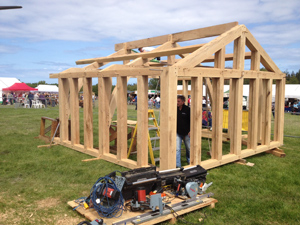 Деревина надходила з Ірландії, а також з Англії, хоча англійський дуб із його широкими смугами ранньої деревини віддавався перевагу порівняно з ірландською деревиною з щільнішими кільцями. його легкість і міцність. А в 18-му і 19-му столітті в Британії почали шалено садити дуби для постачання деревини для військових кораблів. Щоб зробити HMS Victory – « продукт із середньовічних жолудів, які розсипалися по всій Британії », знадобилося 6000 дубів . Вигнуті гілки дуба були особливо корисні для створення фігурних корпусів.
Деревина надходила з Ірландії, а також з Англії, хоча англійський дуб із його широкими смугами ранньої деревини віддавався перевагу порівняно з ірландською деревиною з щільнішими кільцями. його легкість і міцність. А в 18-му і 19-му столітті в Британії почали шалено садити дуби для постачання деревини для військових кораблів. Щоб зробити HMS Victory – « продукт із середньовічних жолудів, які розсипалися по всій Британії », знадобилося 6000 дубів . Вигнуті гілки дуба були особливо корисні для створення фігурних корпусів.
До серпня другого року 3-D зображення показує, що дуб створив 230 кг нової деревини за 12 місяців, виробленої з вуглекислого газу (і води), поглиненого під час фотосинтезу. Він також випустив 234 000 літрів кисню в атмосферу з продихів листя.
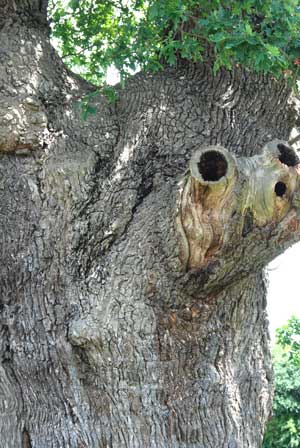 Інші результати документального фільму:
Інші результати документального фільму:
-
як дуби реагують на шквальний вітер. На дослідницькому майданчику Комісії з лісового господарства за межами Единбурга вчені встановлюють дуб із датчиками, а потім перевертають його, поки його не викорчують. Їхні прилади показують, що він починає падати, коли знаходиться лише на шести градусах від вертикалі, але для такого ж ефекту знадобиться шторм силою 10.
-
скільки води викачає дуб із землі навесні. Зонди, прикріплені до монітора сокоруху, вимірюють це на рівні 70 кг на годину на піку, проходячи до листя через судини ксилеми. Камбій виробляє нові клітини, які диференціюються з утворенням тканини ксилеми та флоеми.
-
Коли дуби прижилися в Британії після льодовикового періоду. Чотириметрові керни торфу, взяті з Wytham Fen, демонструють пилок дуба, що зберігся в ґрунті, вперше з’явившись 9000 років тому.
Ви можете дивитися Oak Tree: Nature's Greatest Survivor на BBC iPlayer до 31 жовтня 2015 року. Натисніть тут , щоб отримати посилання.
Зазначений вище допис надіслано користувачем
-
Джефф Сігал, столяр , який цікавиться ідентифікацією дерев, вирощуванням, історією та збереженням – вперше з’явилося на Timberyard.co.uk з різними зображеннями – див. тут
Рекомендовані товари









Доставка і оплата
Доставка і оплата
Доставка Новою Поштою
Швидкість доставки в будь-яке відділення Нової пошти в Україні фіксується оператором, але зазвичай не перевищує 1-3 календарних днів.
Готівкою
Оплата готівкою при отриманні товару.
Післяплатою на Новій Пошті (при собі необхідно мати паспорт або водійське посвідчення).
Visa и MasterCard
Оплата замовлення на карту Приват Банку.
Доставка товару можлива тільки після підтвердження платежу.
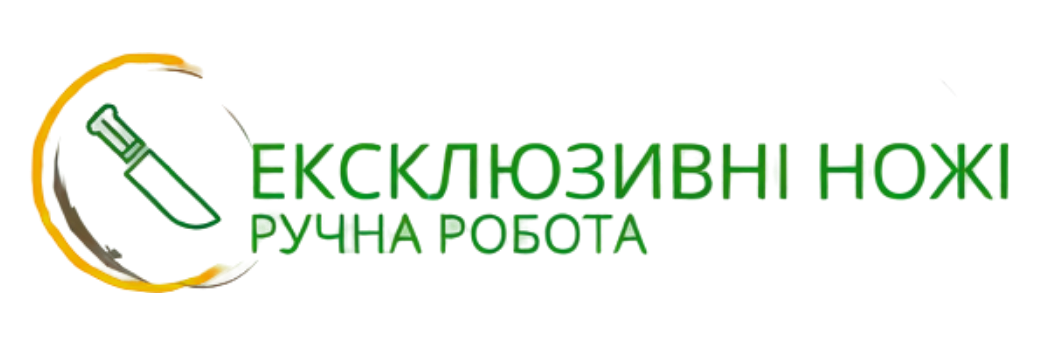





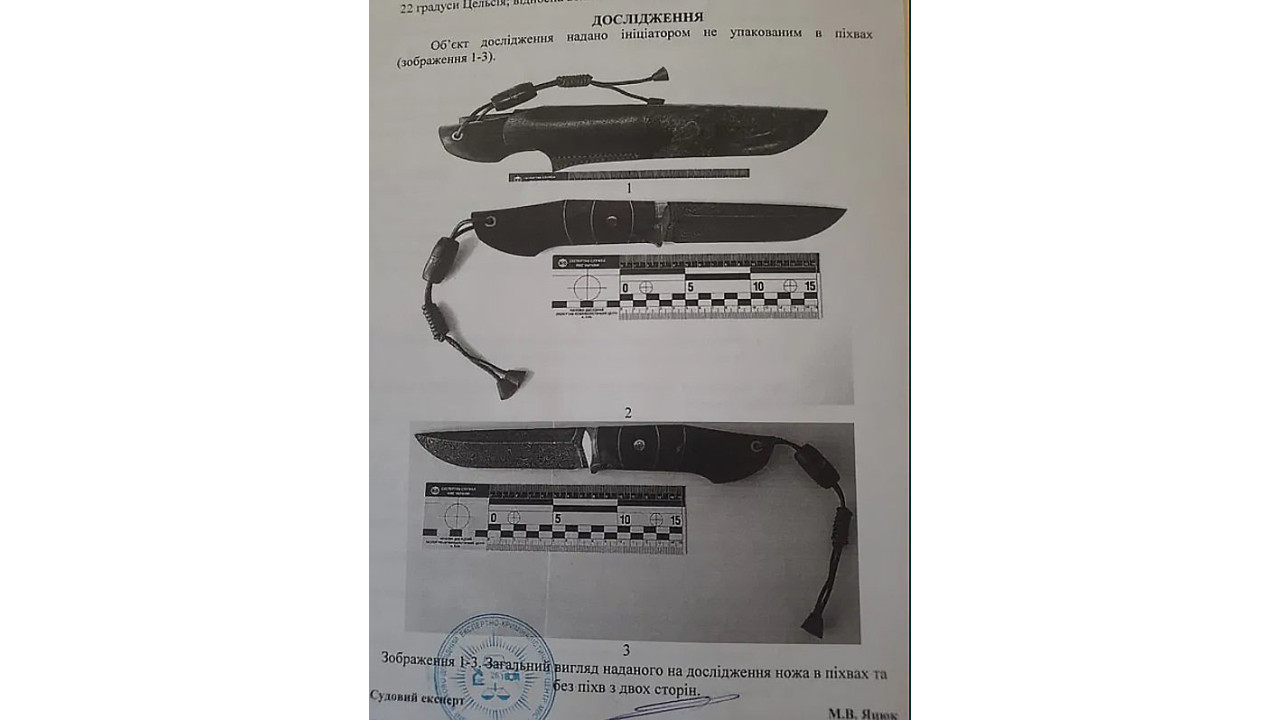










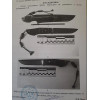










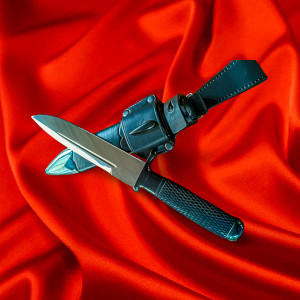
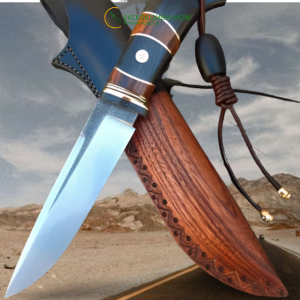
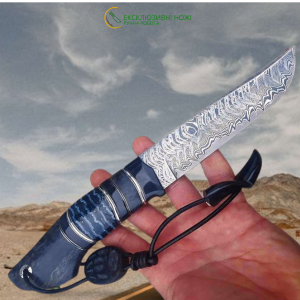
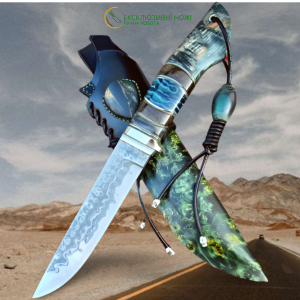
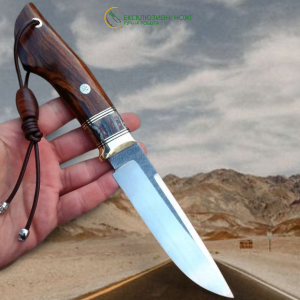
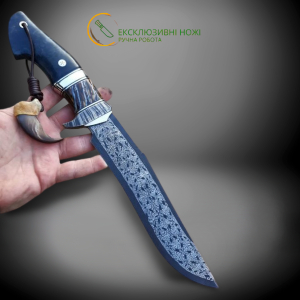
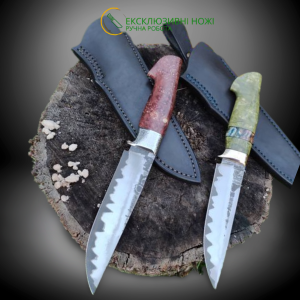
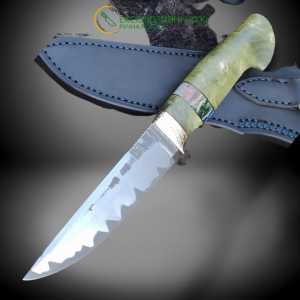
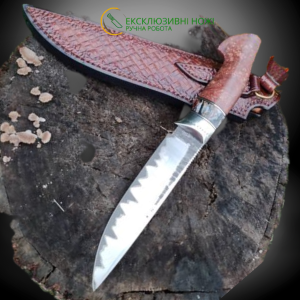
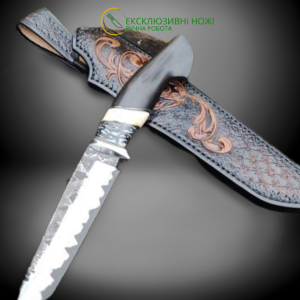
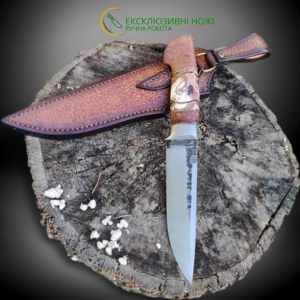
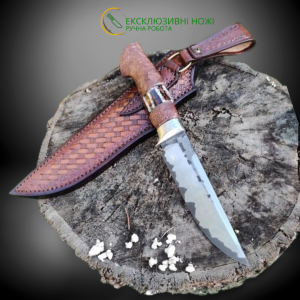
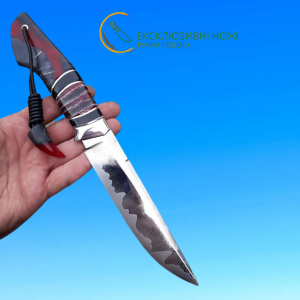
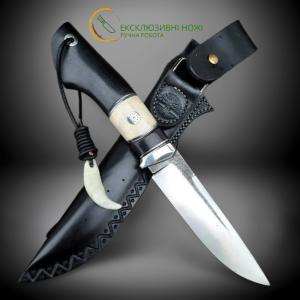
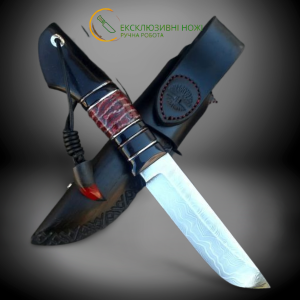
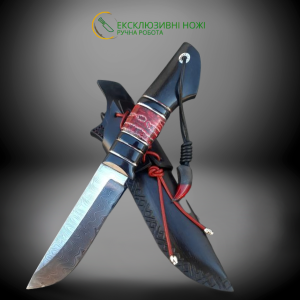
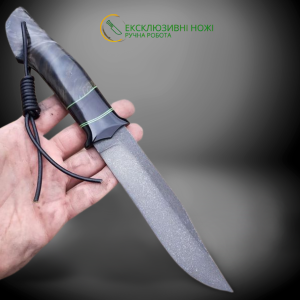
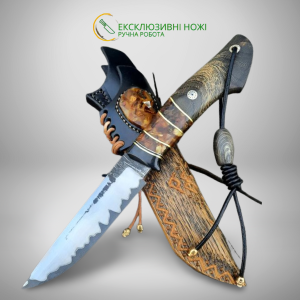
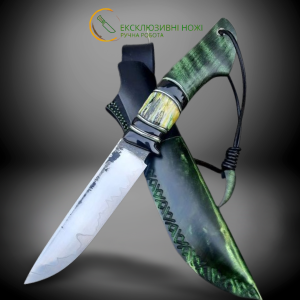
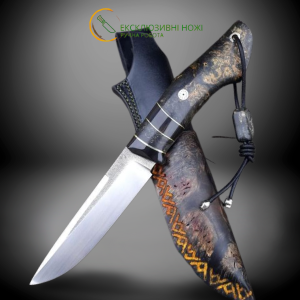
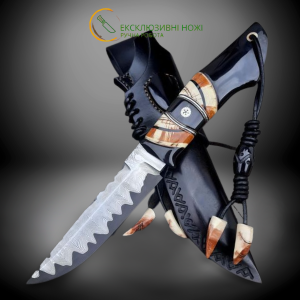
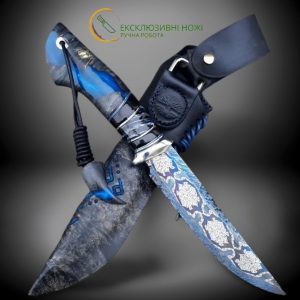
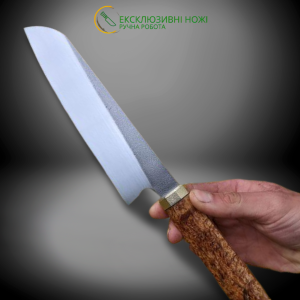
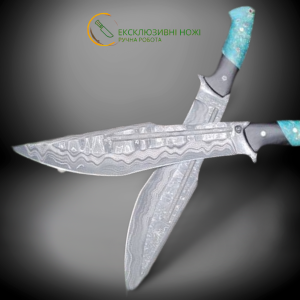
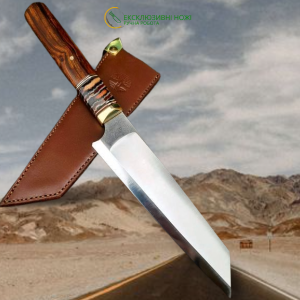
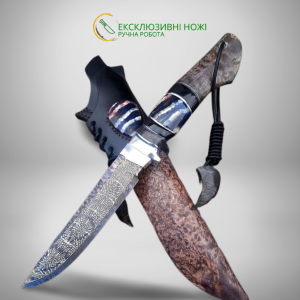

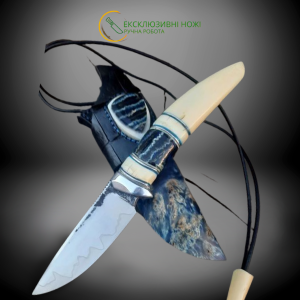
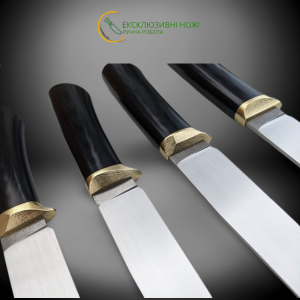
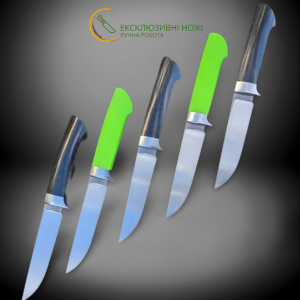
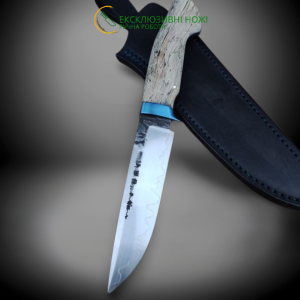
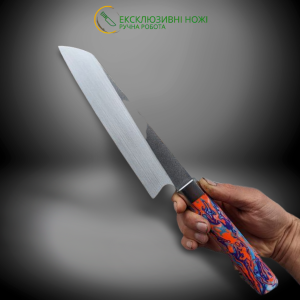

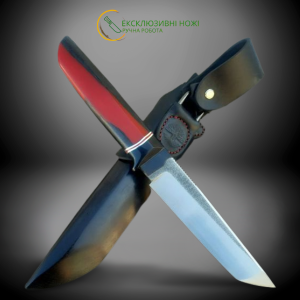
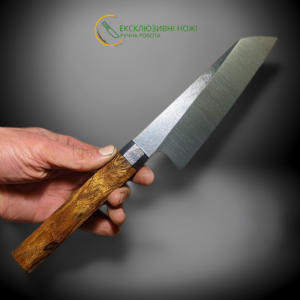
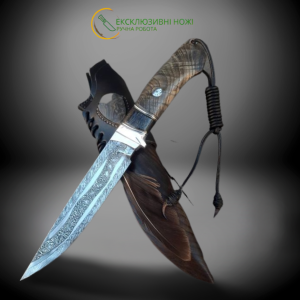

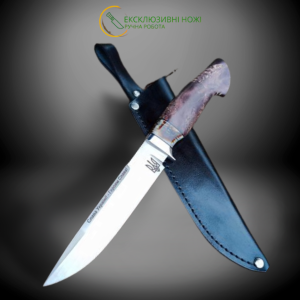

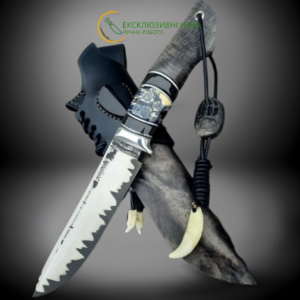
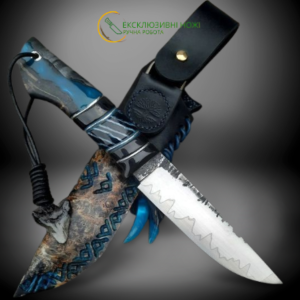

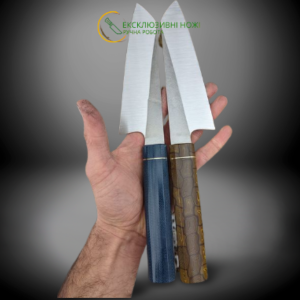

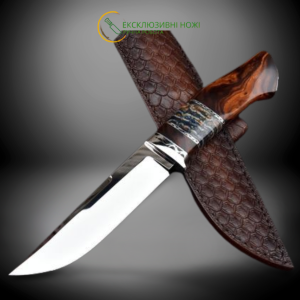
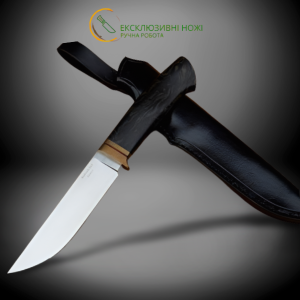
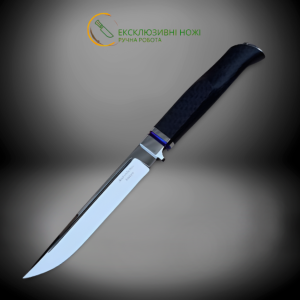
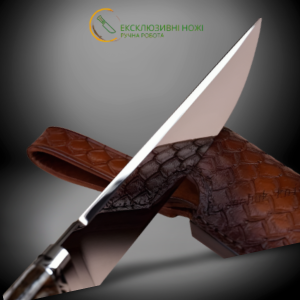
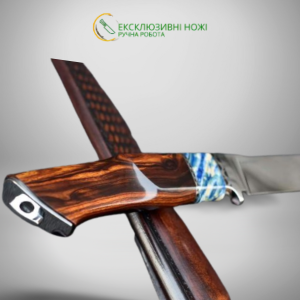
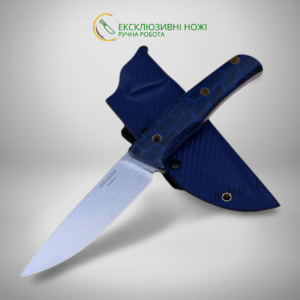
/EXELSIOR S90V ніж ручної роботи майстра студії Androshchuk Knives, купити замовити в Україні-300x300.png)
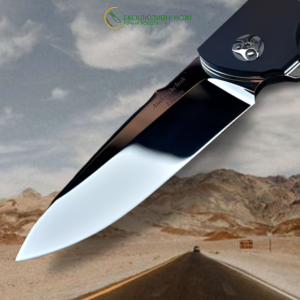
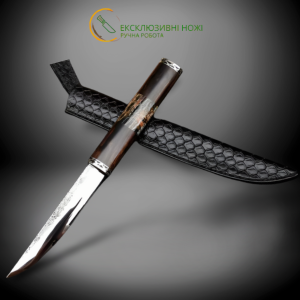
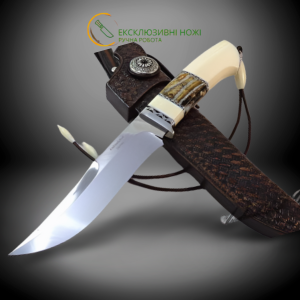
/JUNIOR BEAR (ЮНИЙ ВЕДМІД) ніж ручної роботи майстра студії ANDROSHCHUK KNIVES, купити замовити в Україні_зас-300x300.png)
-300x300.png)





























14-300x300.png)









17-300x300.jpg)
/НЕВИДИМИЙ II (чорний) ексклюзивний ніж ручної роботи майстра студії Fomenko Knifes, купити замовити в Україні16-300x300.jpg)




-300x300.jpg)


2 2-300x300.jpg)

/БОЦМАН (BOTSMAN) ексклюзивний ніж ніж ручної роботи майстра студії СЕРГІЯ ДРОЗДА, купити замовити в Україні (Сталь - CPM S110V) 2-300x300.jpg)
-300x300.png)
-300x300.png)
 -300x300.png)
 копія (1)-300x300.jpg)
 — середнє 2-300x300.jpg)
_заст-300x300.png)







 — середнє 2-300x300.jpg)













































, купити замовити в Україні_заст2 — середнє-300x300.jpg)
, купити замовити в Україні_заст-300x300.png)
, купити замовити в Україні_заст-300x300.png)
, купити замовити в Україні_заст-300x300.png)









, купити замовити в Україні-300x300.png)
, купити замовити в Україні_заст-300x300.png)
































































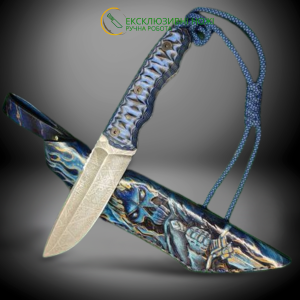
-300x300.png)



, купити замовити в Україні-300x300.png)
, купити замовити в Україні — середнє-300x300.png)


/АВІАТОР/АВІАТОР ексклюзивний колекційний ніж ручної роботи студії KUSTOM KNIVES купити замовити в Україні -300x300.png)
/ДЕЛЬФІН/ДЕЛЬФІН (Dolphin) ексклюзивний колекційний складний ніж ручної роботи студії KUSTOM KNIVES_застав2-300x300.png)
/МІНОС (Minos)/MINOS (МІНОС) ексклюзивний колекційний складний ніж ручної роботи студії KUSTOM KNIVES_заст-300x300.png)
/ВОЯДЖЕР (Voyager)/ВОЯДЖЕР (Voyager) ексклюзивний колекційний складний ніж ручної роботи студії KUSTOM KNIVES29_заст-300x300.png)
/IRONBELLY/IRONBELLY ексклюзивний колекційний складний ніж ручної роботи студії KUSTOM KNIVES — середнє 2-300x300.jpg)
/ОЛВАР (Olvar)/ОЛВАР (Olvar) ексклюзивний колекційний складний ніж ручної роботи студії KUSTOM KNIVES купити замовити в Україні_заст-300x300.png)
/НОВА ГОТИКА/НОВА ГОТИКА ексклюзивний колекційний ніж ручної роботи студії KUSTOM KNIVES купити замовити в Україні_заст-300x300.png)


/ЗОЛОТА ОСІНЬ/ЗОЛОТА ОСІНЬ ексклюзивний колекційний ніж ручної роботи студії KUSTOM KNIVES_заставка-300x300.png)
/ВЕСНА/ВЕСНА ексклюзивний колекційний ніж ручної роботи студії KUSTOM KNIVES купити замовити в Україні_заст-300x300.png)




























/GOLD NORD/GOLD NORD ексклюзивний колекційний ніж ручної роботи студії KUSTOM KNIVES купити замовити в Україні-300x300.png)

-300x300.png)

/PLUS+/PLUS ексклюзивний колекційний ніж ручної роботи студії KUSTOM KNIVES-300x300.png)









































/СЛІМ (Slim)/СЛІМ (Slim) скаладний ніж ручної роботи студії KUSTOM KNIVES, Сталь - Damasteel® RWL-34™ 61-62 HRC_заст — середнє-300x300.jpg)


















/ШЕВРОН (Chevron)/ШЕВРОН (Chevron) ексклюзивний складний ніж ручної роботи KUSTOM KNIVES7 — велике-300x300.png)





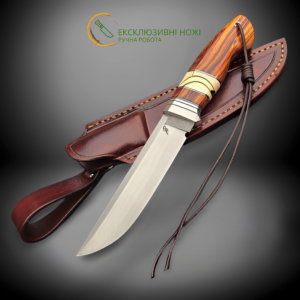

 ШЕФ/РЕД (RED) ШЕФ ніж ручної роботи майстра Fomenko Knifes1-300x300.png)








/ГАТОР (Gator)/ГАТОР (Gator) колекційний складний ніж ручної роботи студії LESBAR KNIVES_ЗСТ3-300x300.png)







-300x300.png)
-300x300.png)


















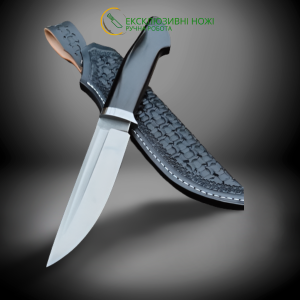
























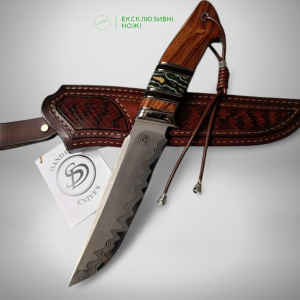
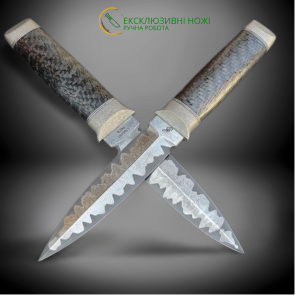
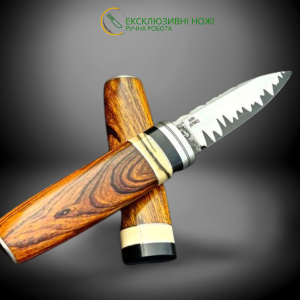















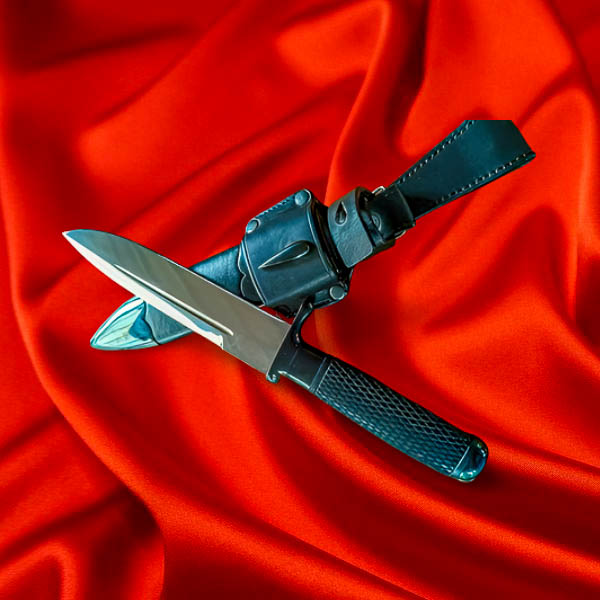


-600x600.png)
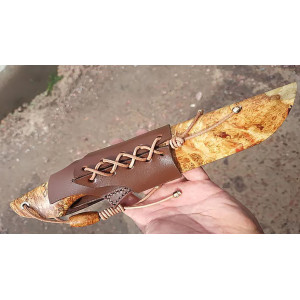
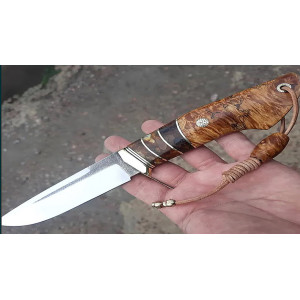






_заст-600x600.png)
9-300x300.jpg)
6-300x300.jpg)


























